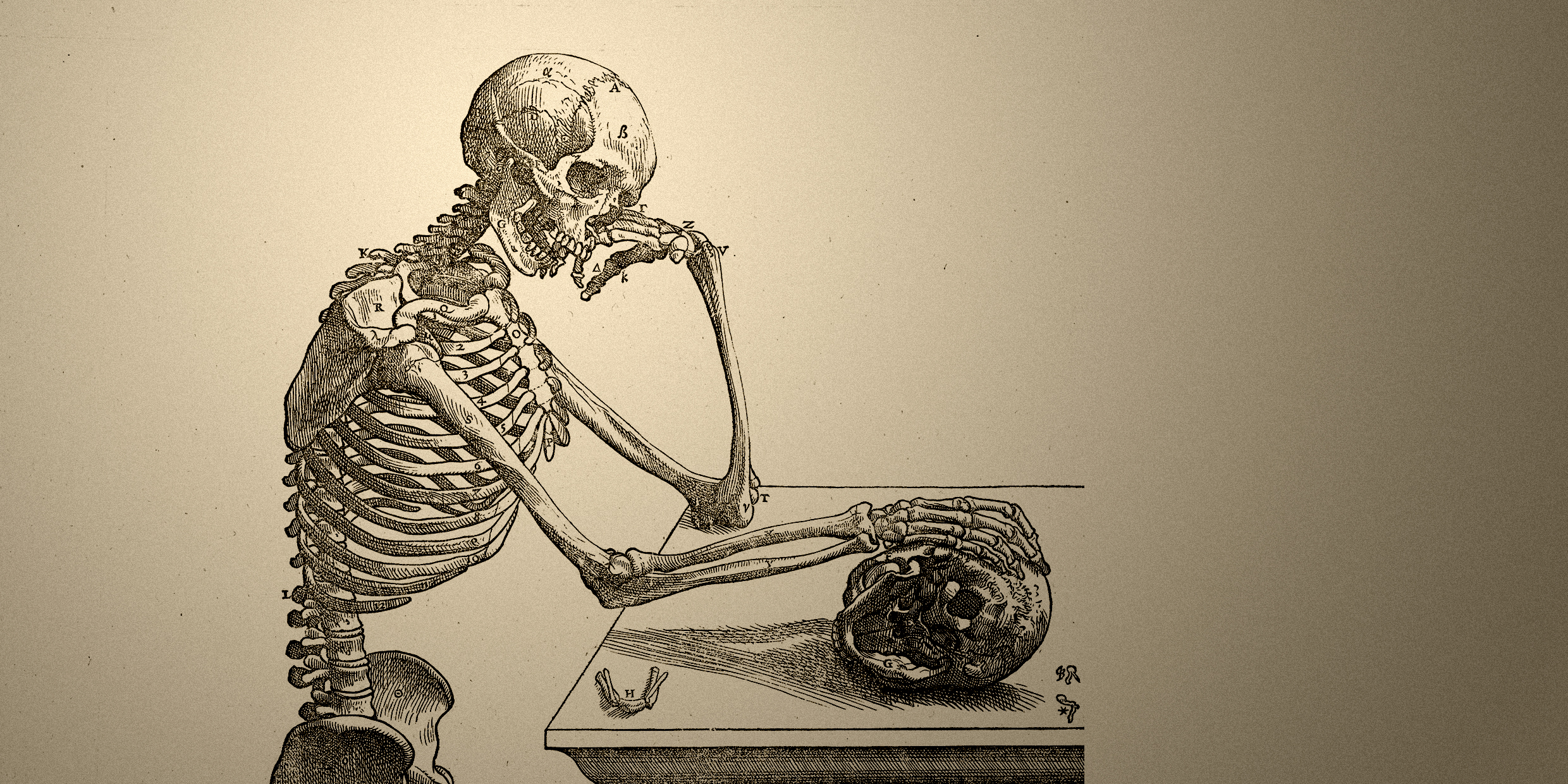Originally published 16 September 1996
More than three centuries ago, Pascal said, “Man considering himself is the great prodigy of nature. For he cannot conceive what his body is, even less what his spirit is, and least of all how body can be united with spirit.”
The French mathematician and philosopher lived at the dawn of the scientific era, but his words still ring true. We have sent spacecraft to the planets. We have listened to signals from the dawn of time. We have unraveled the mystery of starlight. We can even conceive what the body is. But the deeper human mystery remains: What is the spirit, and how is it united with body?
There is a sense among neuroscientists, psychologists, and artificial intelligence researchers that the riddle is ripe for solution. Powerful new imaging technologies make it possible to probe the living brain — watch the orchestra play even as we listen to the music of thought. More powerful generations of computers provide analytical tools to model the astonishing complexity of neural circuits. Subtle refinements of molecular biology and chemistry let us fiddle with the machinery of the soul.
Solving the riddle of consciousness won’t be easy, and recent brain research confirms the challenge. Consider just one experiment, by Daniel Weinberger and colleagues at the National Institutes of Health Neuroscience Center in Washington, reported in the Aug. 23 [1996] issue of Science.
Weinberger’s team gave either an amphetamine (a powerful neurochemical) or a placebo (a non-active control substance) to eight people and then used brain scans to monitor neural activity while the subjects performed two mental tasks.
One task involved filling in incomplete patterns, an activity that engages the hippocampus, the brain’s longterm memory center. The other task was a matching game, involving the prefrontal cortex, a part of the brain responsible for planning and problem solving.
As the subjects performed these tasks, images of their brains, in cross-section, appeared on a video monitor. Areas of increased blood flow, indicating neural activity, glowed brightly.
The people taking an amphetamine showed enhanced hippocampus activity when filling in the incomplete patterns, compared to the control group, and decreased prefrontal cortex activity. The opposite effect occurred for the second task.
The important observation here is not that the drug affected brain activity, but that it was activity-specific. That is, the drug did not just flood the brain, modifying neural activity helter-skelter. Rather, it fine-tuned the brain’s activity in specific ways related to current cognitive activity.
To put it another way, it is as if an entire orchestra took drugs to enhance play, but under the direction of a conductor, so that each section of the orchestra achieved its high in accordance with the score.
How this happens is a mystery. Clearly, the brain is a very sophisticated machine, coordinated region by region in surprisingly articulated ways.
A philosopher colleague worries deeply about experiments such as this one. As we learn more about the brain’s chemistry, he foresees increasing reliance upon drugs to control our mental lives — a pill for this, a pill for that. “Increasingly, there’s no room for us to talk to one another about our lives,” he says. “No room for our histories, our stories, our art; no room for ourselves.”
The self has become another object to be investigated, analyzed and manipulated, he says, nothing more than a flickering image on a brain scan monitor as electrochemical activity flares up, dies down, perhaps under chemical control — a brushfire of cognition. “Science is squeezing us to spiritual death,” he groans, with the deflated spirit of an unreconstructed romantic.
Of course, all knowledge holds potential for abuse. But my colleague’s pessimism is unwarranted. As Pascal said, “Man considering himself is the great prodigy of nature.” The discovery that our spirits are inextricably linked to electrochemical processes in no way diminishes our true selves. We still have histories, tell stories, make art. We love, we cry, we respond with awe to the marvelous machinery of cognition. And we arm ourselves chemically against the devils of mental illness.
Many of us seem to believe that anything we can understand cannot not be worth much, and therefore — most especially — we resist the scientific understanding of self. But the ability to know is the measure of our human worth, the thing that distinguishes us from the other animals.
Understanding the machinery of the spirit does not mean that we will ever encompass with our science the rich detail of an individual human life, or the infinitude of ways by which a human brain interacts with the world. Science is a map of the world; it is not the world itself.
In this, we can all agree with the Greek philosopher Heraclitus, who thousands of years ago wrote: “You could not discover the limits of soul, not even if you traveled down every road. Such is the depth of its form.”



